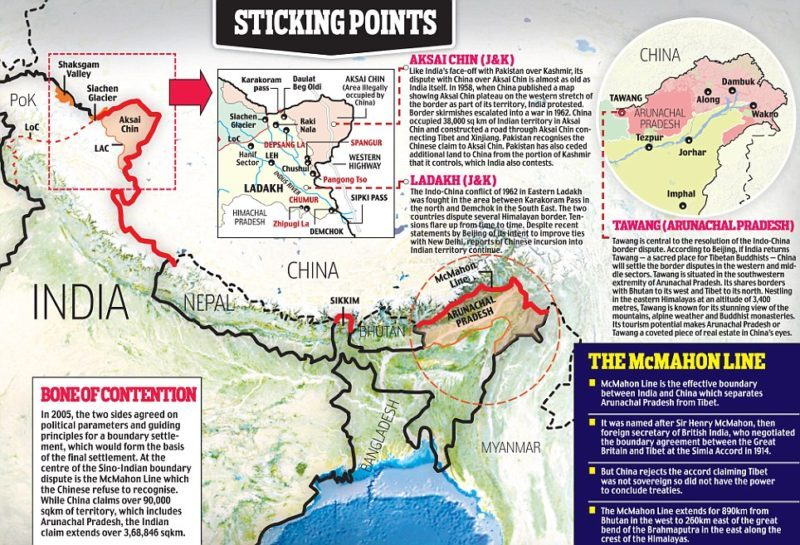Free Courses Sale ends Soon, Get It Now


Free Courses Sale ends Soon, Get It Now


Disclaimer: Copyright infringement not intended.
Context
Details
Key Points about the Standardised maps of China:
Disputes between India and China

These disputes and issues contribute to a complex and sometimes tense relationship between India and China, with efforts ongoing to manage and resolve these challenges through diplomatic channels.
|
PRACTICE QUESTION Q. Border management is a complex task due to difficult terrain and hostile relations with some countries. Elucidate the challenges and strategies for effective border management. |
© 2024 iasgyan. All right reserved